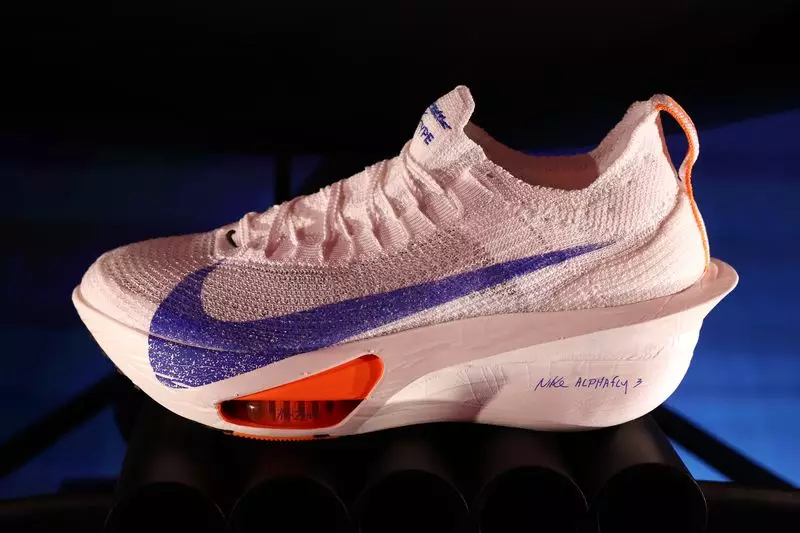Nike, the global leader in athletic footwear and apparel, is navigating turbulent waters as it confronts a daunting forecast. Following a quarter where its results exceeded expectations, the Beaverton, Oregon-based giant warned that revenues could dip by low double-digits in the upcoming third quarter. Analysts had anticipated a marginally less severe decline of approximately 7.65% for the current quarter—amounting to $11.48 billion in revenue. This nuance in forecasting has led to a notable decrease in confidence among investors, resulting in a decline of around 0.5% in share prices during after-hours trading.
The announcement followed an earnings report that delivered a pleasant surprise—earnings per share stood at 78 cents, outpacing the anticipated 63 cents. Revenue for the second quarter experienced a decline of 7.7%, which, although downward, was less drastic than the expected 9.41%. Notably, the company’s product revamps, particularly in running and performance shoes, drew consumer interest and provided a brief uplift in stock performance. However, investors’ optimism fizzled after Nike’s leadership acknowledged the uphill battle that lies ahead.
Elliott Hill, who took on the mantle of CEO in October, offered insights into Nike’s strategic rejuvenation plan during his inaugural earnings call. Citing a “loss of obsession with sport” as a critical factor contributing to the brand’s recent challenges, Hill underscored his commitment to re-establishing a sport-centric focus in the company’s operations. He emphasized that revitalizing the brand’s stance in a competitive landscape will require significant time and adjustment.
Central to Hill’s strategy is a targeted approach to restoring relationships with retail partners. Recognizing the excesses of discounting practices, Hill acknowledged that Nike has fallen into a pattern of being “far too promotional.” He remarked that high levels of markdowns negatively affect not just the Nike brand but also disrupt profit margins for retail partners. By addressing this promotional overreach, Hill aims to foster healthier relationships with retailers, consequently stabilizing Nike’s market presence.
Hill’s plan includes re-engaging with key retail partners to restore confidence in Nike’s product lines. This proactive approach has already garnered positive feedback, especially from major players like Foot Locker. The rapport-building initiative complements Hill’s vision to pivot towards premium pricing, thereby enhancing the brand’s value proposition. He delineated plans to reintegrate on-the-ground teams in vital markets, suggesting that local insights and relationships with consumers will be pivotal in reconnecting Nike with its sporting heritage.
With rivals intensifying the competition and introducing products that capitalize on comfort and performance, Nike finds itself in a race against time to innovate. Hill mentioned an array of investments targeting shoe franchises such as Pegasus, Structure, and Vomero, with plans to launch variations across multiple price points next year. This strategy is a crucial move, as consumer loyalty hinges on the ability of a brand to meet evolving market preferences.
As Nike courts a renaissance, the underlying objective is clear: to cultivate emotional connections with consumers. Hill articulated the importance of creating genuine relationships—an antidote to the transactional nature that may have characterized prior branding efforts. By investing in vital markets and emphasizing quality and innovation, Hill hopes to weave the fabric of sport deeper into the Nike identity.
While Nike’s current forecast reflects the brand’s existing challenges, it is a pivotal moment that could yield long-term benefits if strategic initiatives are effectively implemented. Hill’s leadership, characterized by a commitment to premium quality and a redefined approach to retail partnerships, signals a robust attempt to not only recover lost ground but to reclaim its legacy as a leading sportswear brand. The road ahead may be arduous, but with determination and innovative vision, Nike could very well emerge revitalized from this strategic overhaul.

